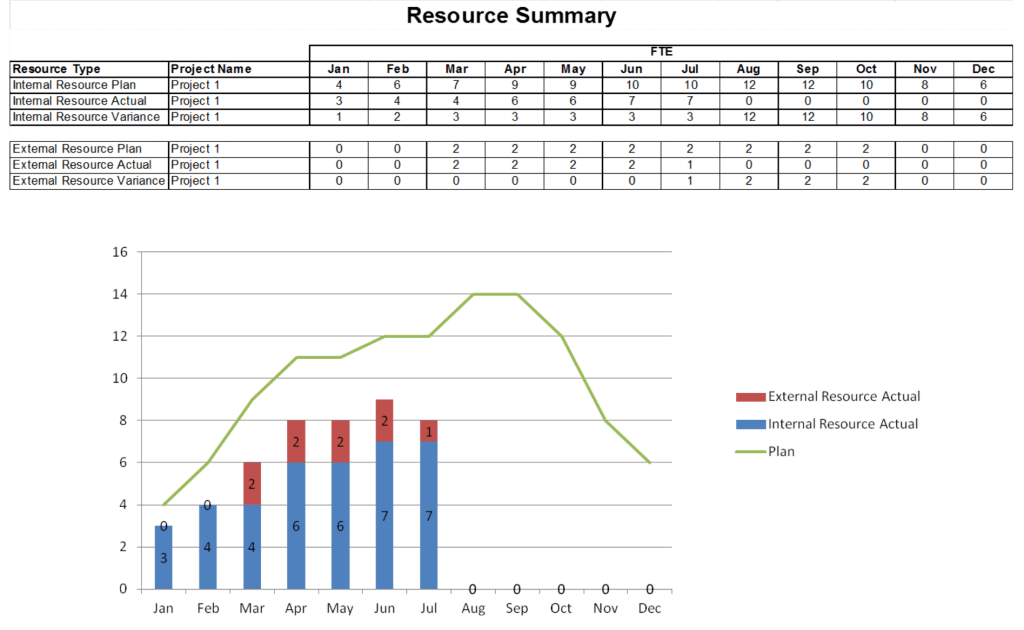Perhaps a better title for this article would be “Core ” meaning, the ones that should be used to form the basis on any good !
This post will cover a popular question, namely what basic are needed to support a ? The reason for this question is that as ‘s mature, the data and reporting can become more complex. This gives the impression that have to be complicated.
If this is your impression or experience then I have got some very good news for you, the templates DO NOT have to be overly complicated. In fact, the simpler and more easy to complete, the better the results.
Take a moment to consider the primary purpose of a . It is to simplify and standardize the to allow the efficient collection of data to allow rapid review and consolidation. So, if a is too difficult to complete it will result in the data being collected with errors, gaps or, in extreme circumstances, not at all as it just is ‘too hard’ for the users.
So a good will always take time to consider the objectives so as to define what data needs to be collected. This will then allow for simple templates and processes to be designed to enable the collection .
What are the basic ?
As well as being easy to use, there are a basic (core) set of templates that should be used by all ‘s. This basic set will enable the successful and smooth operation.
- Planning and milestones
- Costs
- Benefit
- Risk register
- Issue register
- Assumption register
- Dependency register
- Communication
- Procurement
- storage strategy
- and register
- Consolidation templates
- Programme / report
While other templates may be required such as Quality Assurance, , , Metrics, etc, the above list forms the core of most ‘s and will collect all of the important data points
Formats
The templates will typically be developed using standard desktop tools such as:
- Excel
- Word
The reason that they are popular is that it makes the templates easy to share. Additionally, most users know how to use the packages so do not require training on how to open and update the templates.
If an organisation is using an enterprise or portfolio platform, this will contain the required templates.
Conclusion
Basic do not equate to low value. The purpose is to allow the rapid, efficient capture and consolidation of the key data points across all projects so as to provide with visibility and transparency.
If templates are too hard to use, they will not be used.
Focusing on these points, especially if you are new to the environment will help ensure you do not become overwhelmed thinking you need to design very complicated tools and processes.
Please share any thoughts and experiences on using simple tools and processes that have resulted in good outcomes through the comments section at the bottom of this post.
If you are looking for professional, ready made templates you can quickly deploy, please take a look at the page . This shares details of a very good that can be used to quickly deploy the core templates required. The package represents excellent value for money and will save a lot of time compared with creating each from new.
Official PMMAJIK Resources
The PMMAJIK Members Area is dedicated to providing practical solutions to help accelerate the design and implementation of core processes.








